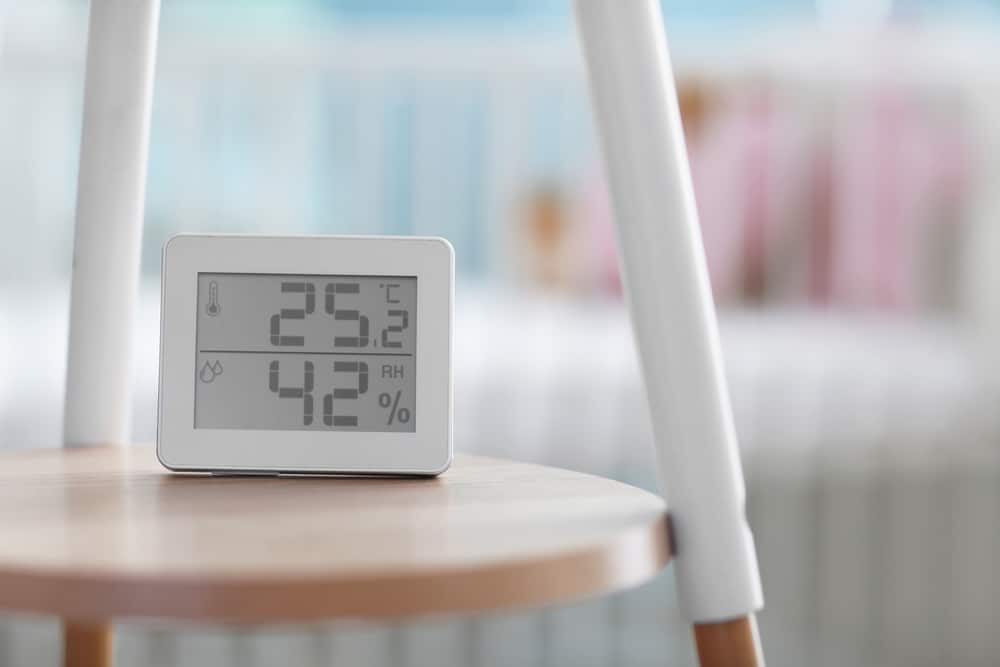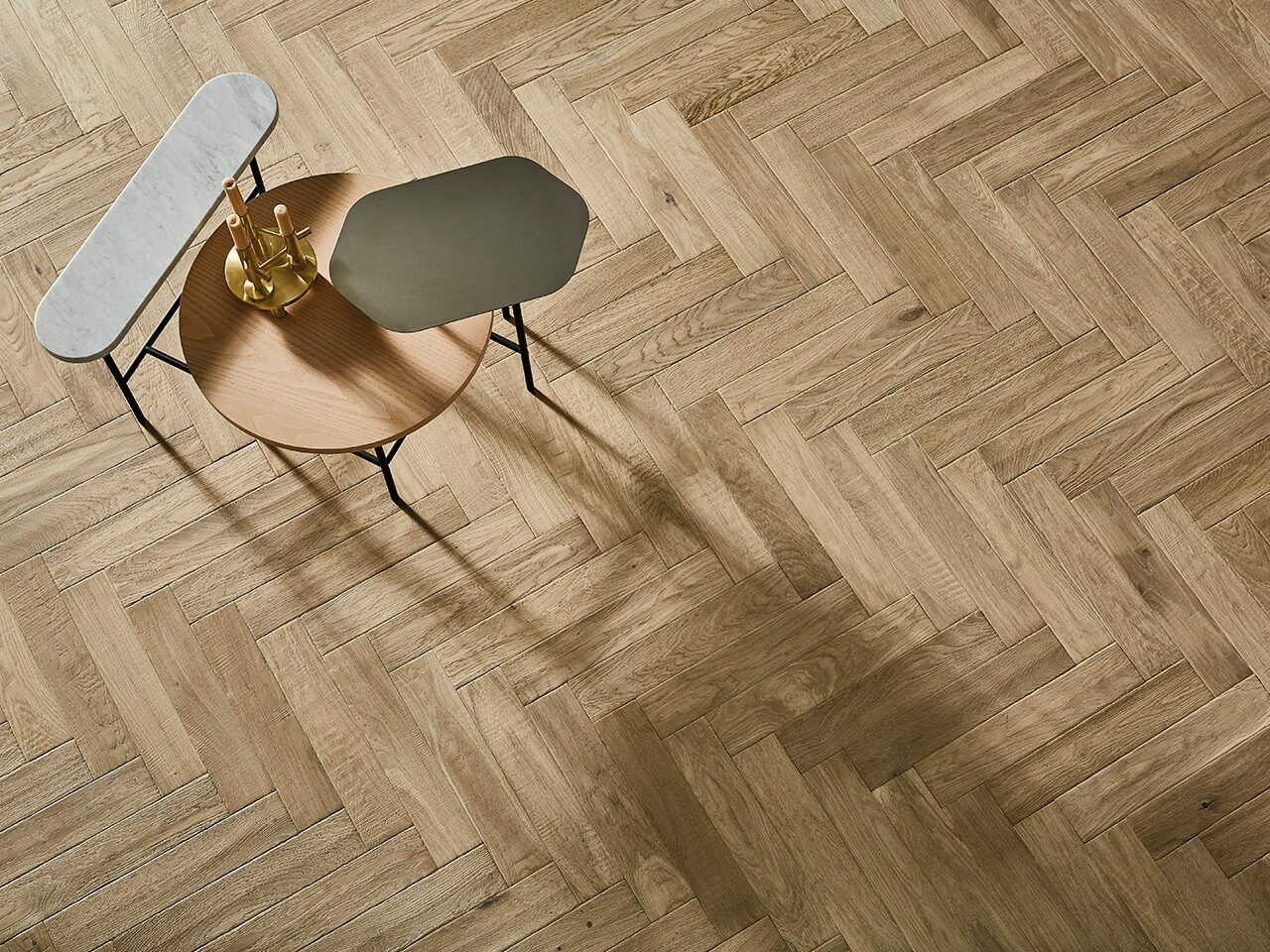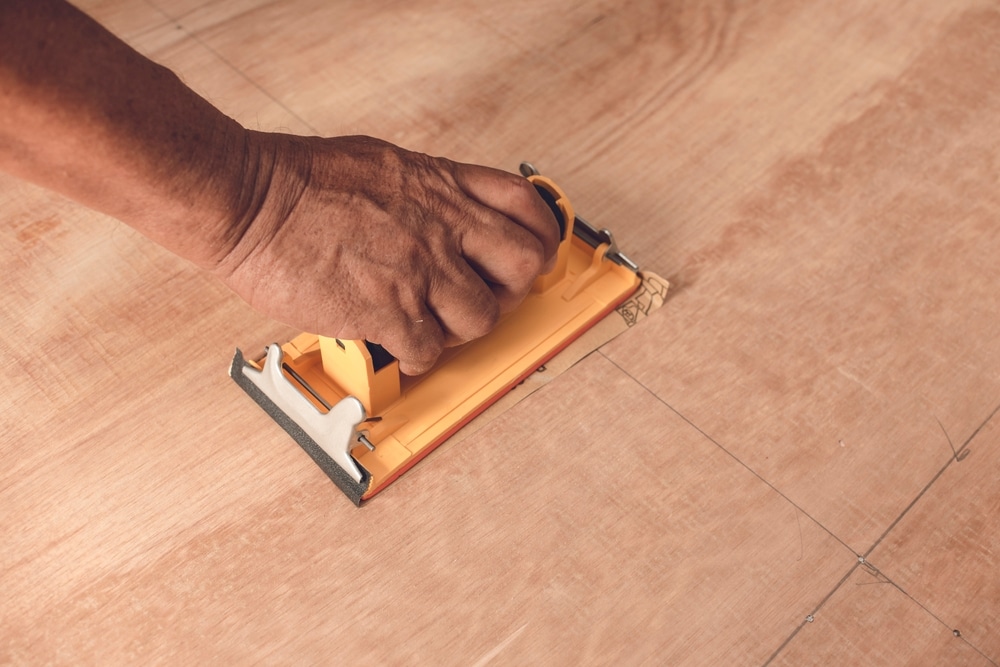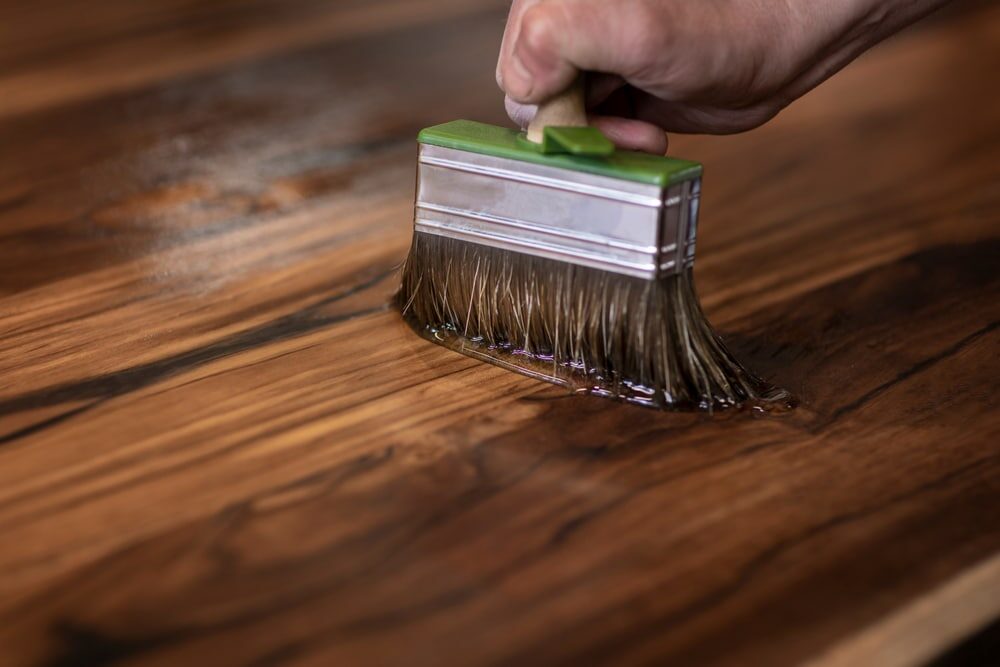London:
Nationwide:
Easy Tips to Maintaining Humidity for Restored Wood Floors
Posted on April 20, 2023
Blog
Simple Strategies for Preserving Restored Wood Floors Through Humidity Control
Restored wood floors add warmth, beauty, and value to any home. However, to keep them looking fresh and ensure their longevity, proper care is essential. One key aspect of wood floor care is maintaining stable humidity levels inside your home. In this article, we’ll explore the effects of humidity on wood floors and offer easy tips for keeping humidity levels in check.
1. Understanding the Effects of Humidity on Wood Floors
Humidity can significantly impact wood floors, causing them to expand and contract as moisture levels in the air change. Ideally, the humidity in your home should be maintained between 50% and 60% to minimize these effects. Fluctuating humidity levels can lead to issues such as warping, cupping, and gaps between floorboards.2. Tips for Controlling Humidity in Your Home:
A. Ventilation: Proper ventilation is essential for maintaining stable humidity levels. Make it a habit to open windows every day for at least 10 to 15 minutes, allowing any excess humidity to dissipate. To further improve airflow, consider using cross-ventilation techniques by opening windows on opposite sides of your home. B. Proper Heating and Air Conditioning: Your HVAC system plays a crucial role in maintaining stable humidity levels. Be sure to keep your home at an optimal temperature, as excessively high or low temperatures can lead to increased humidity. If needed, use humidifiers or dehumidifiers to help maintain the recommended humidity range. Proper heating and air conditioning play a crucial role in preserving the integrity of wooden floors. By maintaining a consistent indoor temperature and ensuring stable humidity levels, you can minimize the expansion and contraction of wood caused by fluctuations in moisture content. A well-maintained HVAC system can help strike the right balance between comfort and floor preservation. Make sure to regularly clean or replace air filters, and consider using a programmable thermostat to automate temperature settings. In addition, you may want to invest in humidifiers or dehumidifiers to better regulate humidity levels, especially in extreme weather conditions. By effectively managing your heating and air conditioning systems, you can protect your wooden floors and prolong their lifespan. C. Keeping Internal Doors Open:
Keeping internal doors open promotes airflow throughout your home, helping to equalise humidity levels. When you’re away for the day, leave a small upstairs window open and keep all internal doors open to encourage proper air circulation.
D. Monitoring Humidity Levels:
Invest in a reliable humidity monitor (hygrometer) to keep track of humidity levels in your home. Regularly check the readings and make adjustments as needed to maintain the optimal range for your wood floors.
Monitoring humidity levels is crucial for maintaining the health and appearance of your restored wood floors. By investing in a reliable humidity monitor, such as a hygrometer, you can keep track of the moisture levels in your home and ensure they stay within the optimal range of 50–60%. Regularly checking humidity readings enables you to make timely adjustments to your home’s ventilation, heating, or air conditioning as needed. In doing so, you can prevent common wood floor issues related to humidity fluctuations, such as warping, cupping, or gapping, ultimately preserving the beauty and longevity of your investment.
C. Keeping Internal Doors Open:
Keeping internal doors open promotes airflow throughout your home, helping to equalise humidity levels. When you’re away for the day, leave a small upstairs window open and keep all internal doors open to encourage proper air circulation.
D. Monitoring Humidity Levels:
Invest in a reliable humidity monitor (hygrometer) to keep track of humidity levels in your home. Regularly check the readings and make adjustments as needed to maintain the optimal range for your wood floors.
Monitoring humidity levels is crucial for maintaining the health and appearance of your restored wood floors. By investing in a reliable humidity monitor, such as a hygrometer, you can keep track of the moisture levels in your home and ensure they stay within the optimal range of 50–60%. Regularly checking humidity readings enables you to make timely adjustments to your home’s ventilation, heating, or air conditioning as needed. In doing so, you can prevent common wood floor issues related to humidity fluctuations, such as warping, cupping, or gapping, ultimately preserving the beauty and longevity of your investment.
Additional Measures for Protecting Restored Wood Floors:
A. Using Water-Resistant Sealants: Applying a water-resistant sealant, such as polyurethane or water-based options, can provide an extra layer of protection for your restored wood floors. Be sure to follow the manufacturer’s instructions for proper application and maintenance. B. Prompt Water Damage Response: If your wood floors suffer water damage, address the issue as soon as possible. Dry the affected area thoroughly, assess the damage, and make repairs as needed. Consult a professional for severe water damage or if you’re unsure how to proceed. C. Regular Cleaning and Maintenance: Maintain the beauty and longevity of your wood floors by cleaning them regularly using appropriate methods, such as sweeping, vacuuming, and damp mopping. Avoid using harsh chemicals or abrasive cleaners that can damage your floors.The Benefits of Daily Window Ventilation for Restored Wood Floors
- Explain the importance of daily window ventilation in maintaining stable humidity levels.
- Describe how this simple action can help protect restored wood floors.
1. The Science Behind Window Ventilation:
A. How Humidity Affects Indoor Air Quality- The role of humidity in creating a comfortable living environment
- Potential issues caused by excessive indoor humidity, such as mould growth and respiratory problems.
- The process of air exchange, which brings in fresh outdoor air and removes stale indoor air,
- How opening windows promotes air circulation, prevents moisture buildup, and reduces humidity
2. The Impact of Daily Window Ventilation on Wood Floors:
A. Maintaining Optimal Humidity Levels for Wood Floors- The importance of keeping humidity levels between 50 and 60 percent to prevent wood floor damage
- How daily window ventilation aids in achieving these ideal conditions
- How proper ventilation helps minimise issues such as warping, cupping, and gapping
- The long-term benefits of consistent humidity control on wood floor appearance and longevity
3. Best Practices for Daily Window Ventilation:
- When factors such as outdoor temperature and humidity are taken into account, the best time of day to open windows is during the day.
- The recommended duration (10–15 minutes) to effectively regulate indoor humidity.

Some Useful Links:
Conclusion:
Maintaining stable humidity levels is crucial for preserving the appearance and longevity of your restored wood floors. By implementing the easy tips provided in this article, you can protect your investment and enjoy the warmth and beauty of your wood floors for years to come. Remember that proper ventilation, heating, and monitoring of humidity levels, along with regular cleaning and maintenance, can make all the difference in keeping your wood floors looking fresh and new.More from our Blog:
Actions to Protect Your Restored Wood Floor from Water Damage Tips to Protect & Enhance Your Newly Refinished Floor The Easy Process of Sanding a Floor: A Comprehensive Guide
Sanding
We provide virtually dust-free sanding with our continuous belt machinery with mobile extraction units, giving you a safer environment for your family.
Oiling
This organic finish not only adds beauty to your home but also has exceptional water-repellent characteristics, making it easier to clean and maintain.
Waxing
This natural floor finish offers the softest and most mellow appearance – and leaves your floor able to breath.
Buffing
Using soft buffing machines (and hand-polishing where required) will bring a wonderful sheen to your newly-finished floor.
Repairs
We offer a full assessment of your wooden floors to determine what repairs are needed to provide the perfect working surface for the later stages of sanding, staining and sealing.
Restoration
We offer a comprehensive restoration process designed to address floors that are improperly fitted or damaged over time through wear and tear.
Request a fixed price quote for your wood floor restoration now
Simply enter your postcode below to get started.
Services
Wood Floor Sanding Wood Floor Restoration Wood Floor Scratch Repair Squeaky Wood Floor Repair Parquet Floor Sanding Parquet Floor Restoration Commercial Floor Sanding Church Floor Sanding Community Centre Floor Sanding School Floor Sanding Gap Filling Gap Filling with ResinCopyright © Mr Sander®
Privacy & Cookies Terms & Conditions Complaints Procedure Cancellation Rights Sitemap





